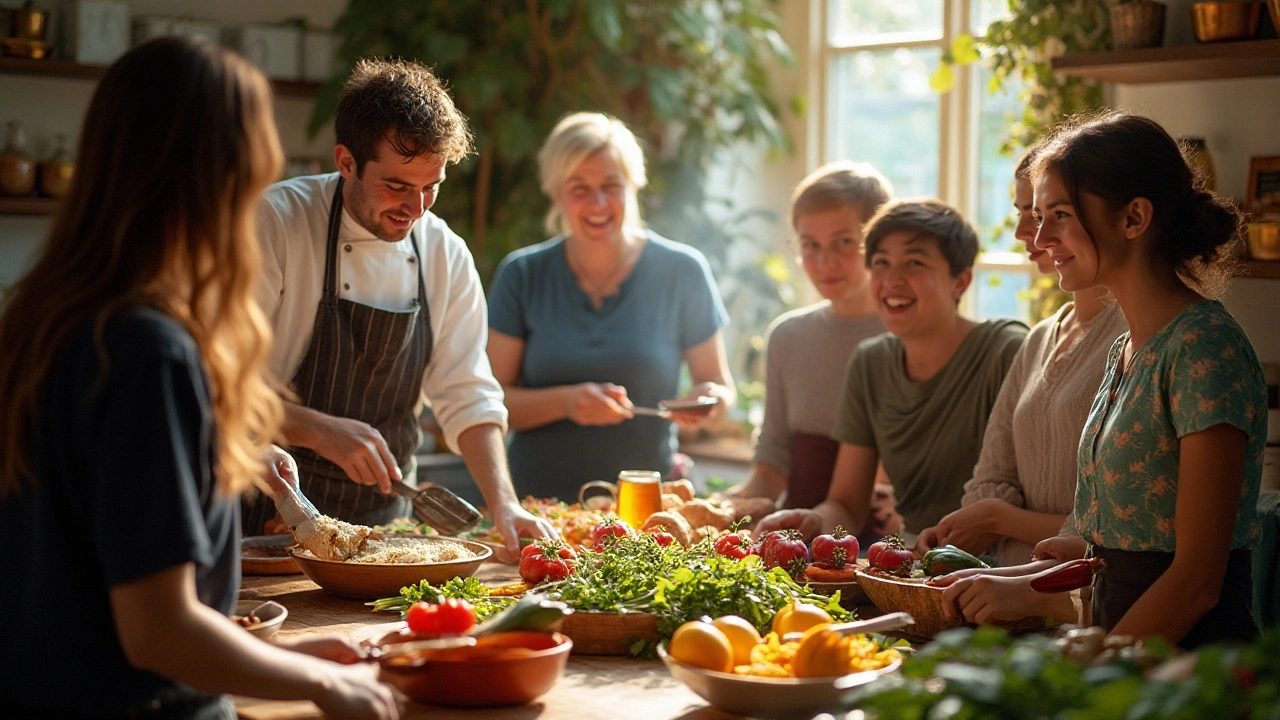Cooking Tips: Simple Ideas for Tasty, Easy Meals
If you’re tired of staring at a blank fridge and wondering what to make, you’re in the right spot. Below are practical cooking tips you can start using tonight. No fancy gadgets, no obscure ingredients—just common sense that saves time and makes food taste better.
Everyday Kitchen Hacks
First, keep a few staples on hand: olive oil, garlic, onion, canned tomatoes, and a good stock cube. These three‑to‑four ingredients are the base for dozens of sauces, soups, and stir‑frys. When a recipe calls for “season to taste,” start with a pinch of salt, a dash of pepper, and a splash of lemon juice. The acid brightens flavors instantly.
Second, organize your pantry by use. Put all baking items together, all pasta‑related items together, and so on. When you need to whip up a quick dinner, you’ll see everything you need at a glance. It also cuts down on the time spent rummaging through shelves.
Third, use the freezer wisely. Portion out cooked rice, beans, or pasta into zip‑top bags and label them with the date. They’ll last up to three months and are ready to toss into a stir‑fry or soup without thawing first. The same goes for fresh herbs—chop them, place in ice‑cube trays, cover with olive oil, and freeze. Pop a cube into a sauce and you have instant flavor.
Fourth, master the one‑pan method. Heat a large skillet, add a splash of oil, then throw in protein (chicken, tofu, or shrimp). Once it’s browned, add veggies and a splash of broth or wine. Cover and let everything steam together. One pan means less washing and a built‑in flavor mingling.
Meal Planning Made Simple
Spend a Sunday afternoon sketching a quick meal plan for the week. Write down dinner ideas, then check what you already have. If a recipe needs a single fresh ingredient, add it to your shopping list. This reduces impulse buys and keeps grocery trips short.
Batch‑cook a versatile protein, like roasted chicken thighs, and use it in three different meals: tacos, salads, and a simple pasta. The same batch of roasted veggies can become a soup base or a side dish. By repurposing leftovers, you get variety without extra cooking time.
When you’re short on time, rely on “quick combos.” A can of beans, a handful of greens, and a drizzle of vinaigrette make a nutritious salad in minutes. Toss cooked quinoa or rice with frozen peas, canned corn, and a splash of soy sauce for a fast stir‑fry.
Finally, don’t forget to taste as you go. A pinch of salt now saves you from a bland dish later. Add spices gradually; you can always add more but you can’t take it out. This habit builds confidence and leads to consistently tasty results.
These cooking tips are meant to fit into a busy life. Try one or two today, and you’ll notice meals become easier, faster, and more flavorful. Happy cooking!
